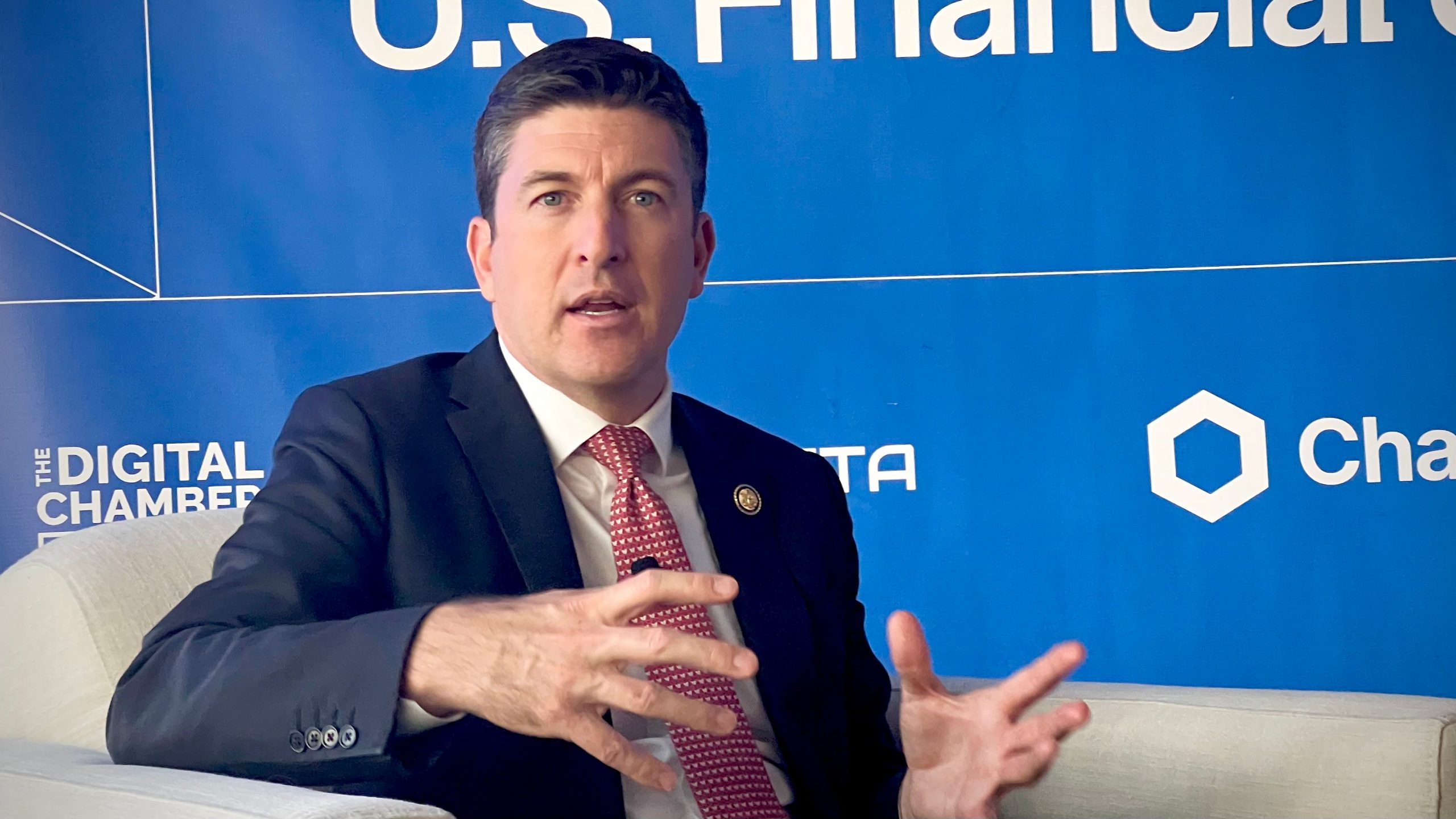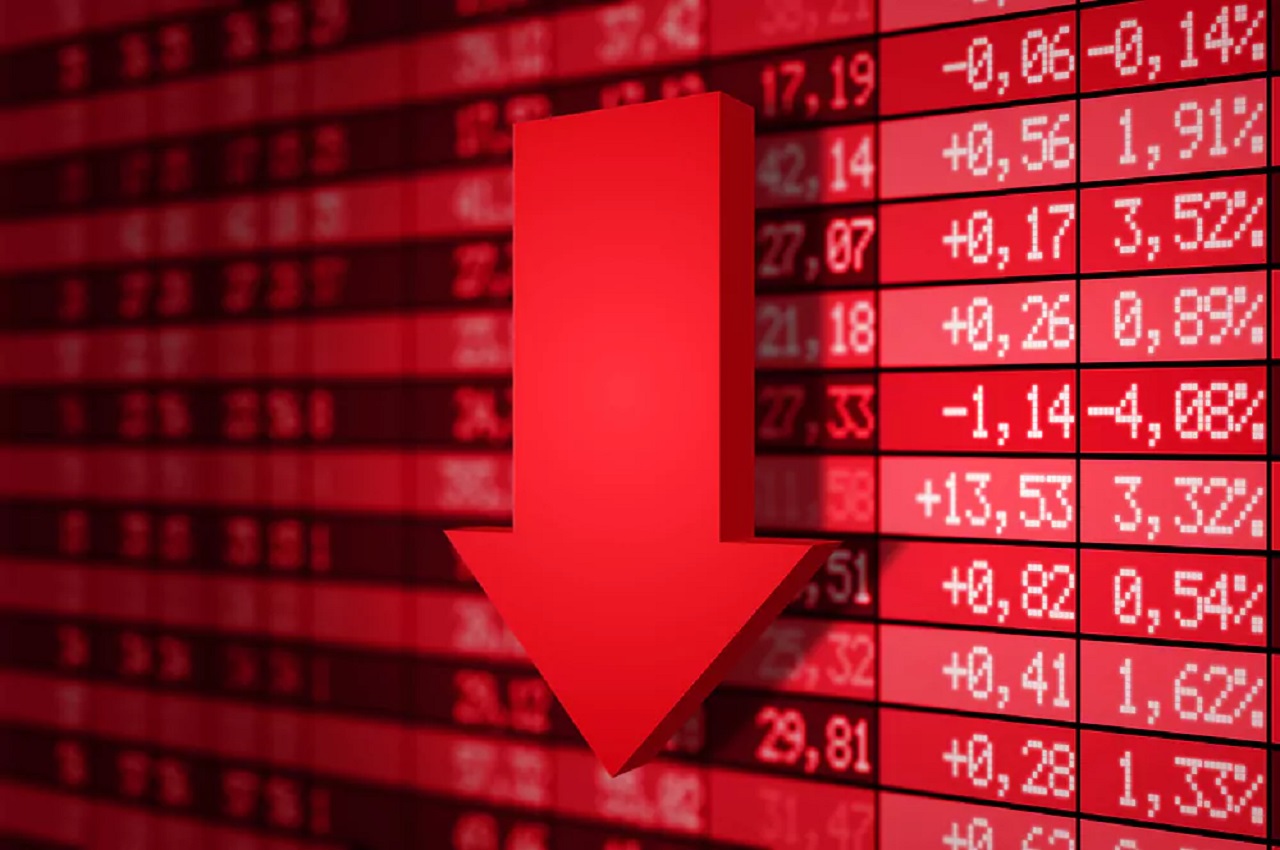Bitcoin Twitter Buzzes After Goldman Sachs 13F Filing
Bitcoin Twitter, often referred to as Bitcoin X, is currently buzzing with excitement following a recent 13F filing by Goldman Sachs (GS). This filing revealed significant stakes in several spot bitcoin exchange-traded funds (ETFs), though the implications may not be as straightforward as many might assume.
Firstly, it’s essential to clarify that the ownership of these ETFs does not necessarily indicate a bullish bet on the price of bitcoin (BTC) by Goldman Sachs’ trading desk. In reality, these stakes are most likely held by the bank’s asset management division, Goldman Sachs Asset Management, on behalf of its clientele. This distinction is crucial for understanding the motivations behind the investments.
Moreover, the filing, which represents a snapshot of ownership as of December 31, 2024, discloses a $288 million investment in the Fidelity Bitcoin ETF (FBTC) and a substantial $1.3 billion in BlackRock’s Bitcoin ETF (IBIT). However, it is important to note that the filing also includes put option positions with a nominal value exceeding $600 million, alongside a minor call option position. A put option provides the holder with the right, but not the obligation, to sell an asset at a predetermined price, effectively serving as a hedge against potential price declines. This can be interpreted as a bearish stance towards bitcoin.
James Van Straten, a Senior Analyst at CoinDesk, remarked, “This position by Goldman Sachs, akin to many other banks and hedge funds, does not reflect a net long position.” He elaborated that this strategy mirrors the basis trade, commonly known as the cash and carry trade, which aims to balance potential profits with the risks associated with bitcoin price fluctuations. With the recent approval of options trading on these ETFs, it is likely that Goldman is engaging in directional hedging.
As the deadline for the fourth-quarter 13F disclosures approaches, it’s anticipated that similar filings—along with potentially misleading headlines—will emerge from other major financial institutions such as JPMorgan, Morgan Stanley, and various large wealth-management firms.







